FTTH (Fiber To The Home), that is, fiber-to-the-home refers to the installation of an optical network unit (ONU) at a home user or enterprise user, which is the optical access network application type closest to the user in the optical access series.
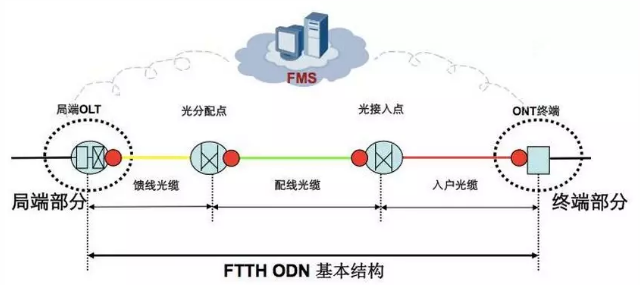
1.FTTH
As an access technology, FTTH has been recognized and the technology is mature. Mainly have the following advantages:
1. Passive network, basically passive from the central office to the user end;
2. Broad bandwidth, in line with the large-scale operation mode of operators;
3. The services carried on the optical fiber;
4. The support agreement is flexible.

2. FTTH common fiber access technology types
P2P (Peer-to-Peer Technology):
Advantages: high access bandwidth, simple network structure, low operation and maintenance cost;
Disadvantages: Each user uses a single / pair of optical fiber, optical cable laying cost is very high, the central computer room needs a lot of space;
Suitable for large customers (such as large enterprises, key units).
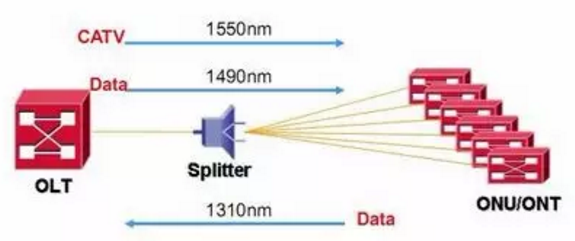
P2MP (point-to-multipoint PON):
Advantages: multiple users share optical fibers, occupy less fiber, and have high bandwidth and economy;
Disadvantages: multi-user shared bandwidth;
Suitable for ordinary residential users.
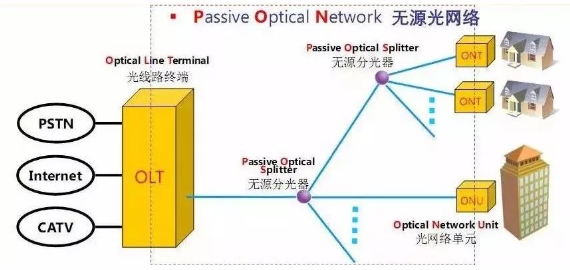
PON is a point-to-multipoint passive optical network:
OLT: Provides interconnection interfaces for voice, data, and video service networks, and implements the main functions of network management;
ONU/ONT: responsible for providing the end user with the required service interface;
ODN: Responsible for connecting the OLT to the associated ONU. The ODN provides optical transmission between the OLT and the ONU. Its main function is to complete the allocation of optical signal power.
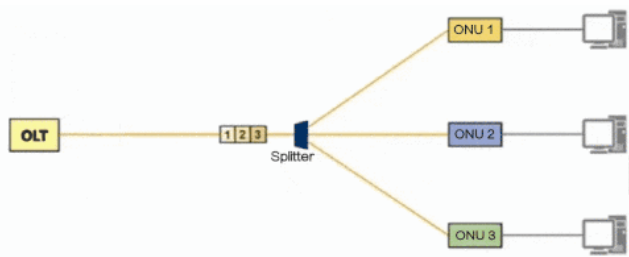
Signals do not pass active electronics during PON transmission, greatly reducing potential points of failure. Using passive devices simplifies the network hierarchy and makes maintenance and management easier. The optical splitter Splitter is introduced in the ODN to realize the splitting function, and a fiber input signal is converted into a plurality of optical fiber output signals, thereby completing the P2MP network architecture.
PON technology:
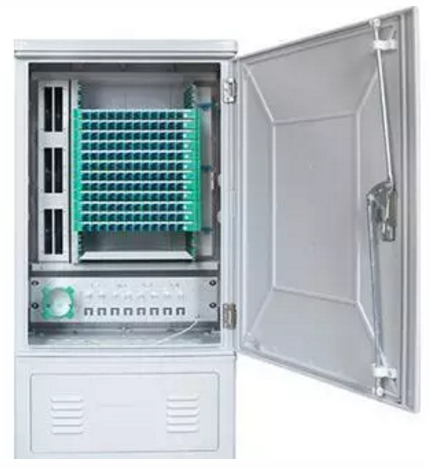
Single-fiber bidirectional transmission is realized by WDM (Dense Wavelength Division Multiplexing) technology. Generally, the downlink adopts the TDM broadcast mode, and the uplink adopts the TDMA (Time Division Multiple Access) time division multiplexing mode, and can flexibly form a topology structure such as a tree type, a star type, and a bus type.
The downlink direction is TDM broadcast mode:
All data is broadcast from the OLT to all ONUs. The ONU then chooses to receive data belonging to itself and discard other data directly.
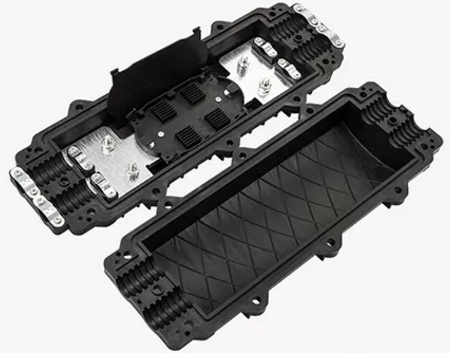
The upstream direction is TDMA mode:
When sending data to the OLT, the ONU can only send data in the time slot allowed by the OLT in advance. This ensures that each ONU sends data in order according to requirements, avoiding uplink data conflicts.
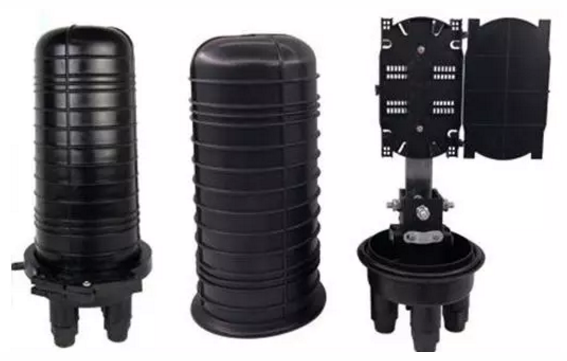
Fiber optic cable: trunk cable, distribution cable, home cable
Optical splitter: PLC (1*2, 1*4, 1*8, 1*16, *1*32, 1*61, 1*128)
Optical fiber distribution equipment: ODF, optical cable transfer box, optical fiber connection box, fiber distribution box, optical splitter box
Fiber optic linker: jumper, pigtail, quick connector, cold connector



